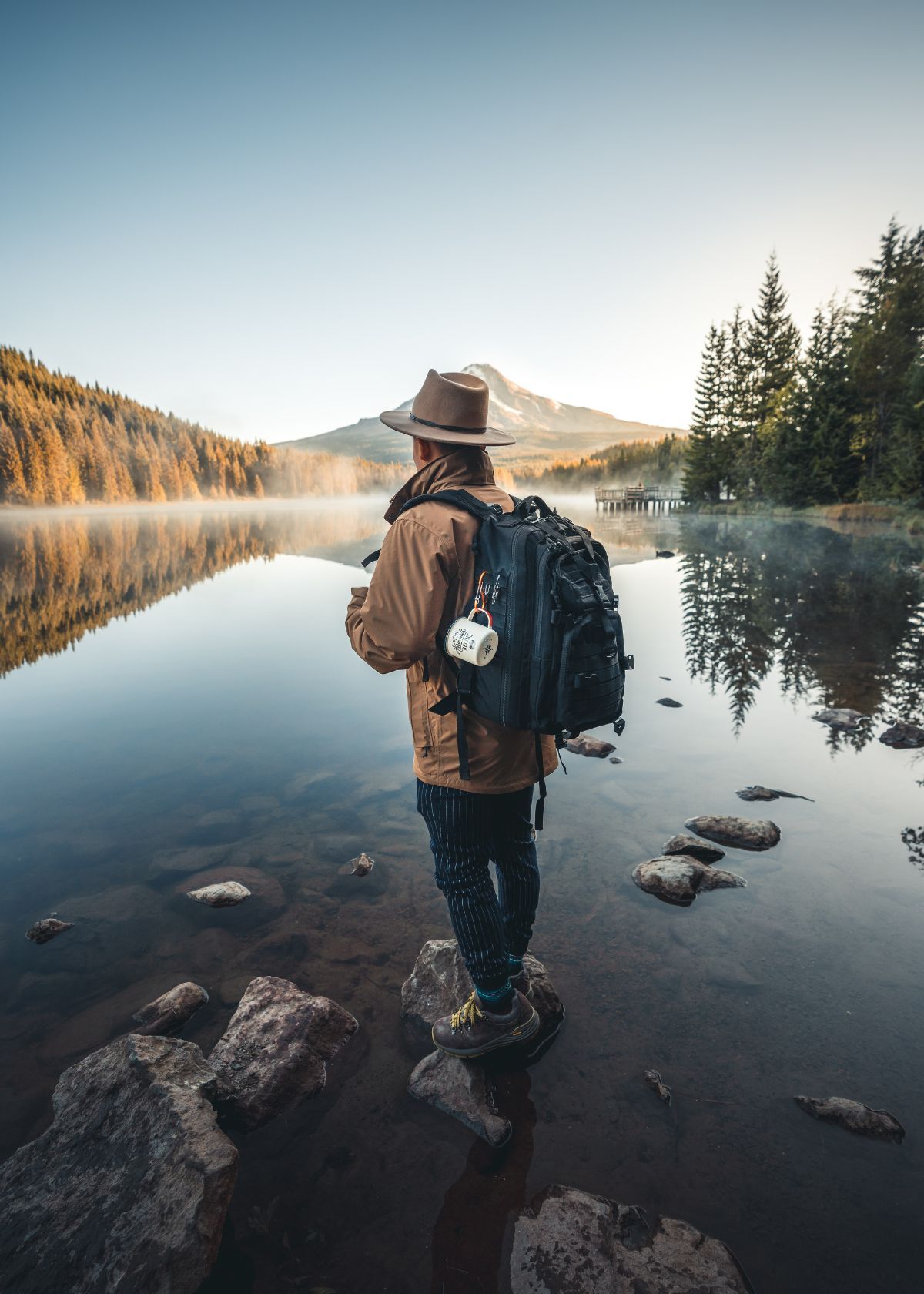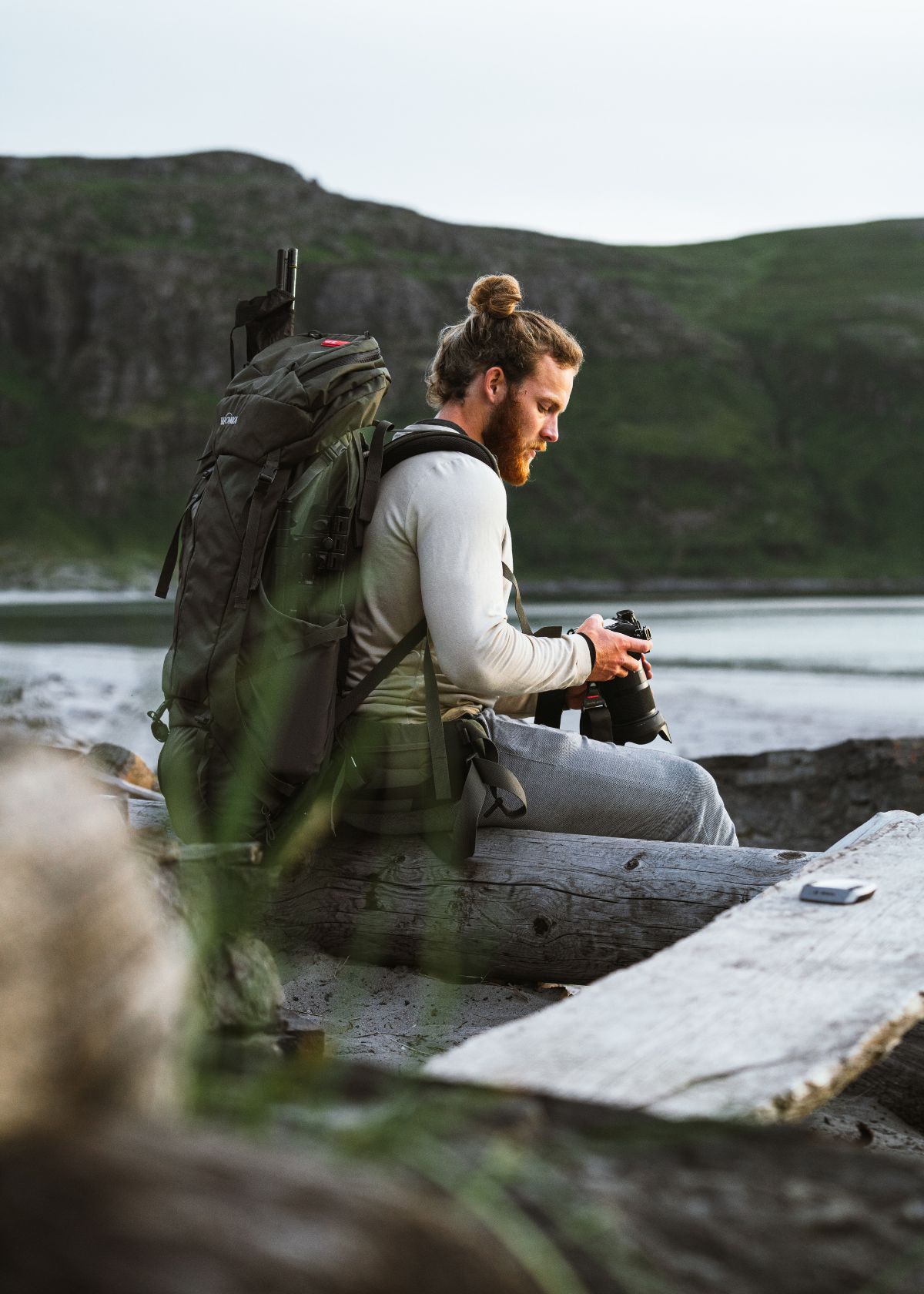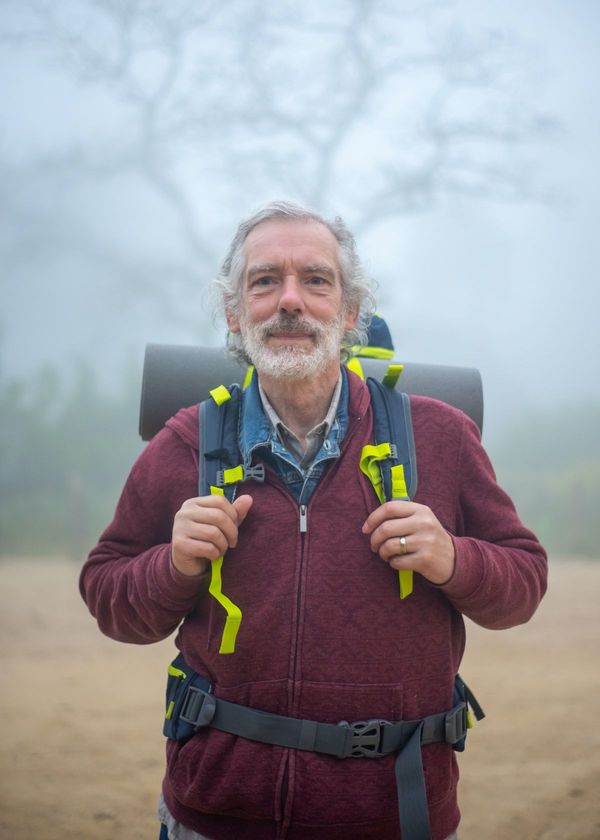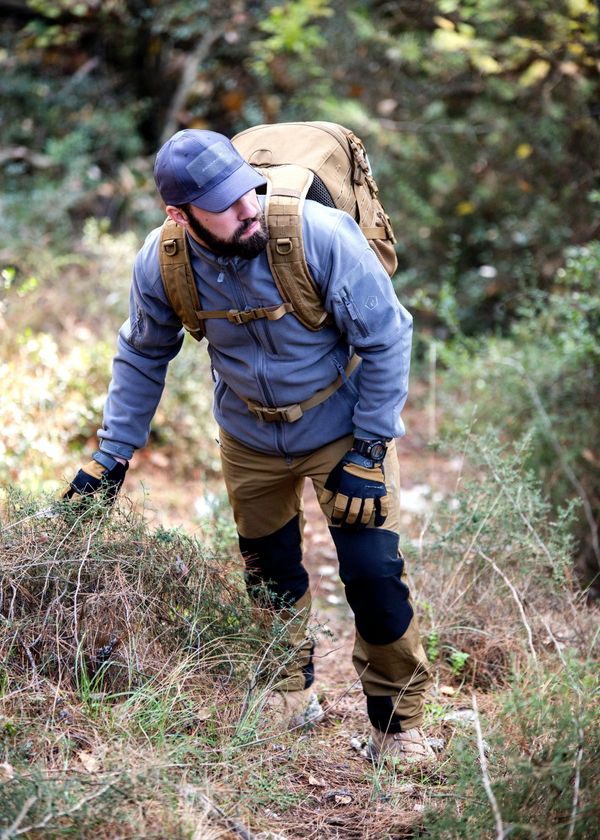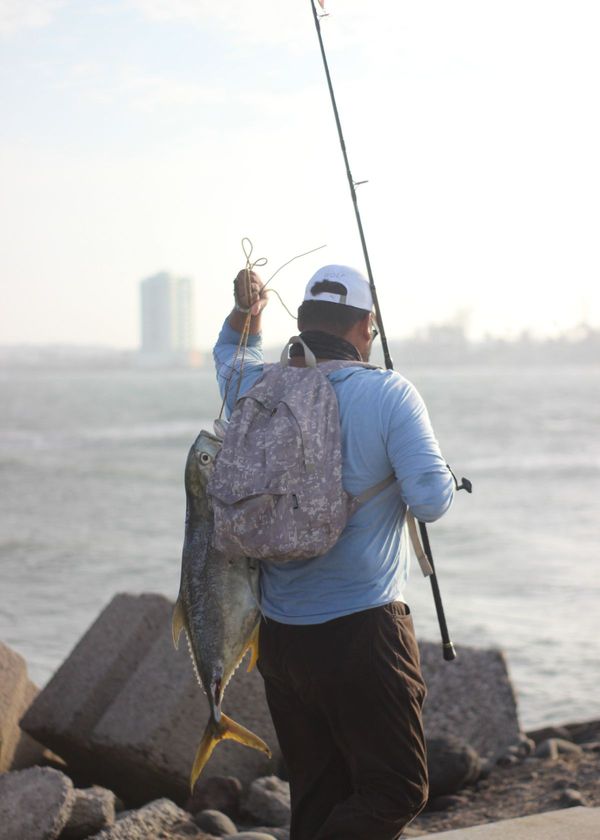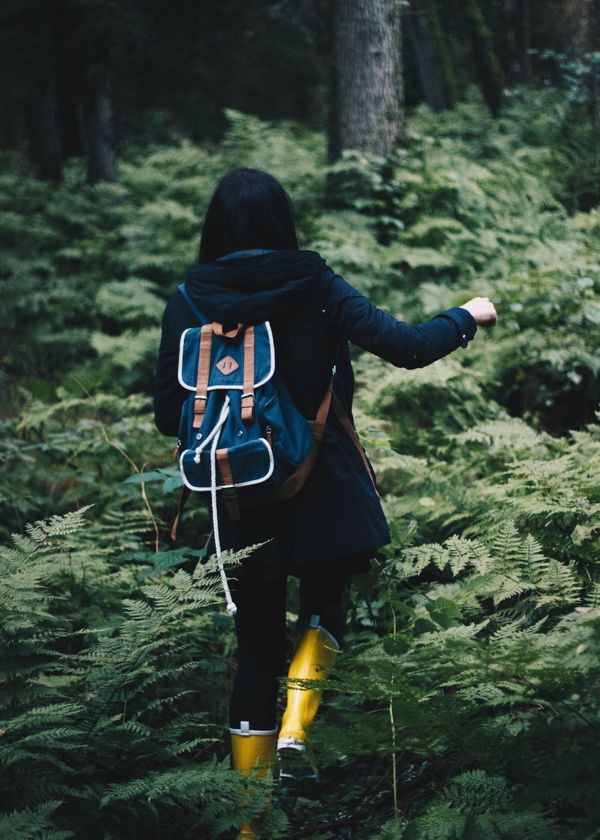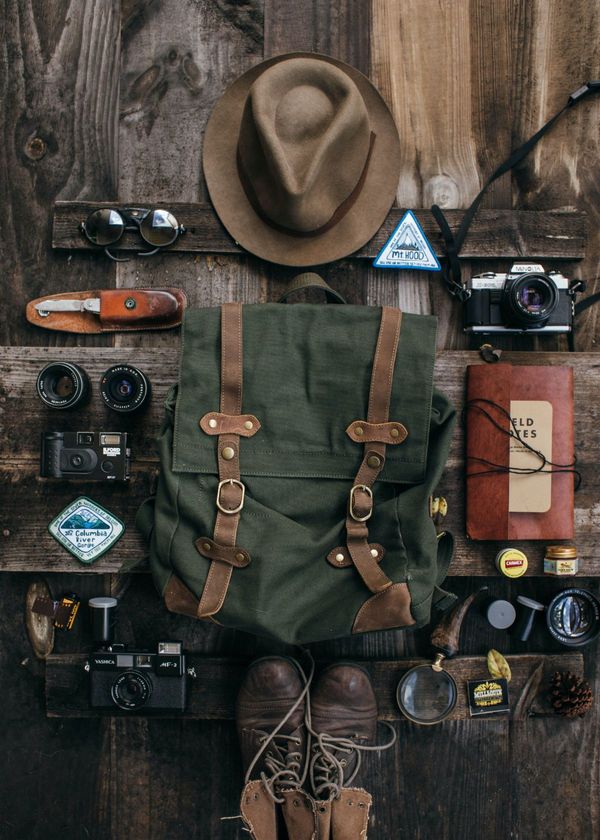Packing a hiking backpack can seem daunting at first, but with a little bit of planning and organization, it can be a breeze. The key to packing a hiking backpack is to pack efficiently and effectively so that you have everything you need while on the trail but don't carry unnecessary weight.
The first step is to make a list of all the items you will need on your hike. This includes essentials like food, water, and first aid supplies, as well as clothing and gear like a jacket, hat, and hiking boots. Once you have your list, you can start organizing your items into categories and packing them into your backpack.
It's important to distribute the weight of your backpack evenly, with the heaviest items closest to your back and the lighter items towards the top and bottom of your backpack. It's also a good idea to pack a rain cover for your backpack, in case of inclement weather. With a little bit of preparation and organization, you'll be able to pack your hiking backpack with confidence and ease, ready for your next adventure on the trail.
How To Pack a Backpack Perfectly
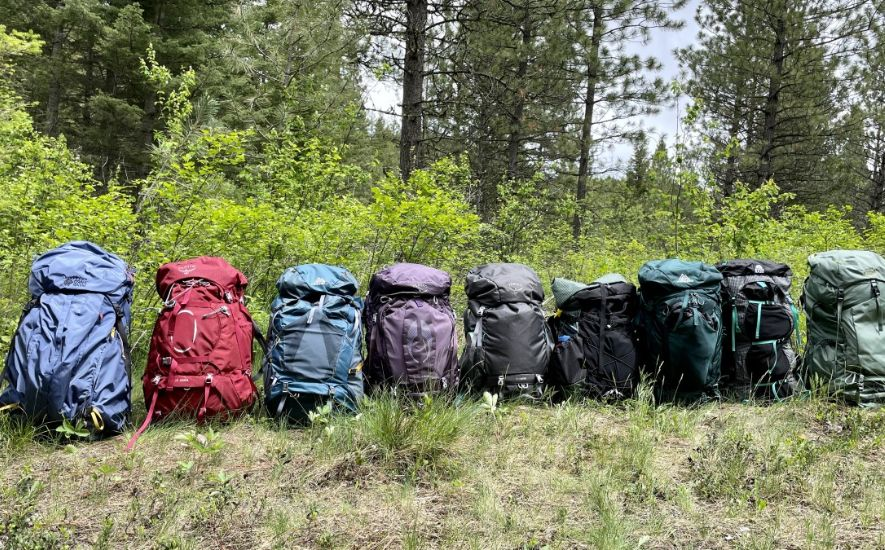
To pack a backpack perfectly, start by laying out all of your items on a flat surface. Sort through them and decide what is essential and what can be left behind. Next, place the heaviest items, such as a camping stove or food, at the bottom of the backpack, close to your back.
This will help distribute the weight evenly. Then, pack your clothing and other lightweight items on top of the heavier items. Finally, use compression straps and any other adjustable straps to secure your items in place and ensure that the backpack is balanced. Remember to leave some extra space for any items you may acquire during your trip.
Here are some tips for packing a backpack efficiently:
Choose the right backpack
When choosing a backpack, it's important to consider the intended use. The type of backpack you need will vary depending on the length and nature of your trip.
For overnight trips, a small to medium-sized backpack will suffice. Look for a backpack with a capacity of around 20-30 liters and features such as a hydration system and pockets for organizing gear.
For multi-day backpacking pack trips, a larger backpack with a capacity of 60 liters or more will be necessary. Look for features such as a frame for support, adjustable straps for a proper fit, and a built-in rain cover.
Once you've selected the right backpack, it's important to pack it properly. This will ensure that your gear is well-organized, easily accessible, and balanced.
Plan your gear
When planning your gear for an overnight backpacking trip, it's important to consider the length of the trip, the weather conditions, and the type of terrain you'll be encountering. This will help you determine what gear you'll need and how to pack it in your backpack.
- Make a list of essential items: Before you start packing, make a list of the essential items you'll need for your trip. This should include items such as tent poles, sleeping bags, sleeping pad, stove, food, water filtration system, and appropriate clothing and footwear.
- Consider the weather: Consider the expected weather conditions for your trip and pack accordingly. Bring rain gear, warm clothing, and extra layers if it is expected to be cold.
- Think about the terrain: Think about the type of terrain you'll be encountering and pack gear accordingly. If you'll be on rocky terrain, bring sturdy boots. If you'll be crossing streams, bring water shoes.
- Plan your meals: Plan your meals in advance and pack the appropriate food and cooking gear. Make sure you have enough food to last for the entire trip and that you have a way to cook it.
- Pack your gear in layers: Pack your gear in layers, with the heaviest items at the bottom and the lightest items at the top. This will help distribute the weight evenly and make accessing the gear you need easier.
By following these tips, you can ensure that your gear is well-organized and that your backpack is packed perfectly.
Remember always to check the weather forecast and adjust your gear accordingly. And also make sure to have a first aid kit, map and compass or GPS, and a headlamp or flashlight with extra batteries.
Pack the backpack
Once you have planned your heavy gear and have all the necessary items, it's time to pack your backpack.
- Start by placing the heaviest items at the bottom of the backpack, close to your back. This will help keep your center of gravity balanced and make the backpack more comfortable to carry. Items such as a water filter, fuel canisters, and a camping stove can go at the bottom of the bag.
- Next, pack your bulky items, such as your sleeping bag and clothes. These items should be packed near the center of the backpack, above the heaviest items. Use compression bags or stuff sack to compress and organize your clothing and sleeping bag.
- Pack your food and kitchen supplies near the top of the backpack. These items should be packed last and should be easily accessible. Pack food in airtight containers or bags to prevent any spills or leaks.
- Pack your shelter system, such as a tent, tarp or hammock, and groundsheet at the top of the backpack.
- Use the backpack's side pockets and external attachments to store items such as water bottle pockets, trekking poles, and a small daypack.
- Use compression straps to compress the contents of the backpack and keep everything securely in place. Make sure that you have adjusted the shoulder strap to fit your body properly.
- Make sure to leave some room at the top of the backpack for additional items that may be needed during the trip, such as a rain jacket or extra food.
By following these steps, you can ensure that your backpack is packed properly and that your other gear is well-organized, easily accessible, and balanced. Remember to always check the weight of your backpack and make adjustments as needed to ensure that it's comfortable to carry.
Adjust the straps
Loosening all the straps on your backpack, including the shoulder straps, hip belt pockets, and load-lifter straps. Put the backpack on your back and adjust the shoulder straps so they fit snugly against your shoulders. The straps should not be so tight that they dig into your skin, but they should be close enough to your body that you can comfortably lift the backpack.
Tighten the hip belt so it sits comfortably on your hips. The hip belt should be tight enough to transfer the weight of the backpack to your hips, but not so tight that it digs into your skin. Adjust the load-lifter straps located at the top of the shoulder straps.
These straps pull the top of the backpack closer to your body, helping to distribute the backpack's weight more evenly. Make sure the load-lifter straps are tight enough to pull the top of the backpack close to your body, but not so tight that they cause the shoulder straps to dig into your skin.
After making all these adjustments, take a walk or move around a bit to see if any adjustments need to be made for comfort. Lastly, Once the backpack is adjusted and you feel comfortable, you are ready to pack the backpack. Make sure to distribute the weight evenly and keep heavier items close to your back for better balance.
Double-check before you go
When double-checking your backpack before you go, it is important to ensure that you have all the necessary items for your trip or outing. Here is a detailed checklist of things you should check for:
- Identification and important documents: Make sure you have your ID, passport, or any other necessary identification or travel documents. Also, check for any tickets, reservations, or confirmations that you may need.
- Cash and credit/debit cards: Bring enough cash for any unexpected expenses, and also make sure that you have your credit or debit card with you in case you need to make any purchases.
- Phone and charger: Bring your phone and ensure it is charged, or bring a charger. It's also a good idea to have a portable charger if needed.
- Medications: If you take any medications, make sure you have them with you and that they are properly stored.
- First aid kit: A small first aid kit with band-aids, pain relievers, and other basic medical supplies can come in handy.
- Clothing and essentials: Pack appropriate clothing and essentials for the weather and activities you will be doing. This might include a jacket, umbrella, sunglasses, sunscreen, hat, etc.
- Food and water: Bring snacks and water to keep yourself hydrated and energized throughout the day.
- Miscellaneous: Check for any other miscellaneous items you might need like a notebook, pen, or a book to read.
By double-checking your backpack, you can ensure that you have everything you need for your trip or outing and that you are prepared for any unexpected situations that may arise.
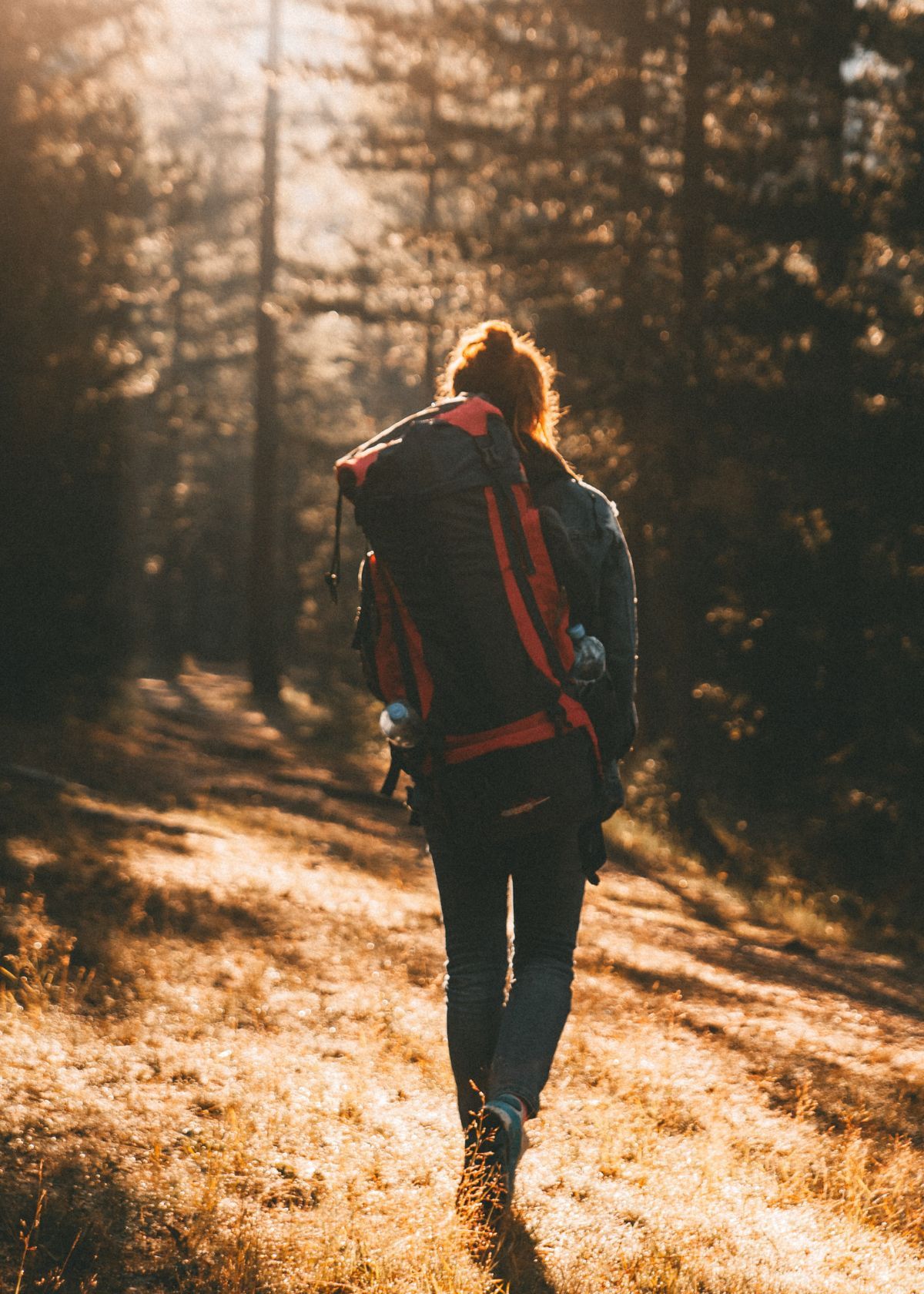
Essential Things to Keep In Mind While Purchasing a Backpack
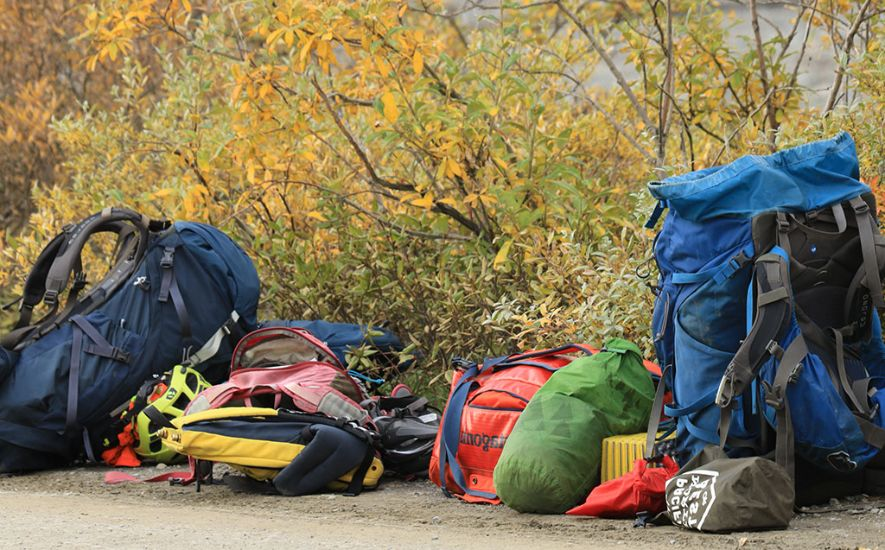
Having the right backpack can make all the difference in your trip. From proper fit and comfort to lightweight materials, there are many factors to consider when purchasing a new pack. Here are some essentials to keep in mind:
Padded Straps: Padded straps provide additional comfort and reduce friction on the shoulders. They also help prevent blisters by absorbing sweat and moisture.
Multiple Compartments: A backpack with multiple compartments is ideal for organization purposes. You can separate your belongings into smaller sections so they don't get jumbled up inside your bag.
Hydration Reservoir (or Water Bottle Holder): Hydration reservoirs are a convenient way to carry water without having to stop every few miles to refill your bottle from a stream or river. However, if you prefer drinking from a water bottle, make sure it has its own compartment within the backpack!
Rain Cover: If you plan on traveling during the rainy season (or even if you just want added protection), consider investing in a rain cover for your pack. This pack cover will keep everything inside dry even if it starts raining unexpectedly!
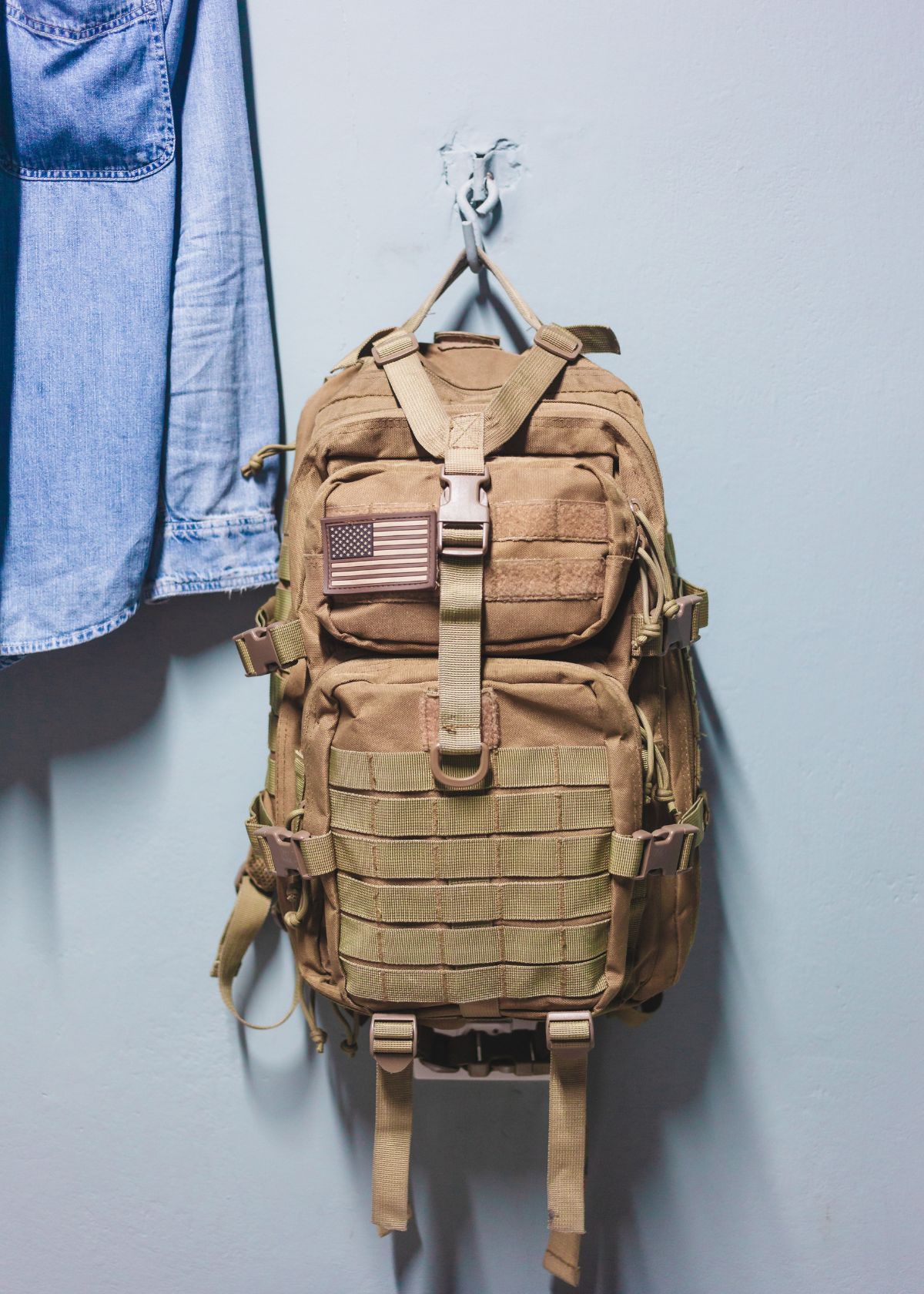
Tips To Pack A Backpack

Packing a backpack for a trip can be just as stressful as packing for a big business trip. You need to make sure that you have everything you need and nothing you don't. Here are some tips to help you pack a backpack.
The first thing to do is to lay out everything that you think you will need on your trip. For example, if you are going camping, you will want to lay out your sleeping well packed bag, tent, food and other camping gear so that all of these items are visible and easily accessible.
Next, decide what items will go in the main compartment of your backpack. These items should be bulky but not too heavy because they will be closest to your back when traveling long distances (if you're hiking or walking). This area should also contain any fragile items like glasses or electronics that may break during transit if they're not protected.
Next, decide which pockets on your backpack will be used for smaller items such as snacks or maps. These pockets are usually located on the outside of the pack near the top or bottom depending on how much room there is inside the main compartment.
How to Pack a Hiking Backpack FAQs
Packing a backpack for hiking can be a challenge, especially if you have never done it before. You need to make sure that you have everything you need and that it is packed properly. Here are some frequently asked questions to help make your packing easier:
How do you pack a backpack for a 5 day hike?
If you're planning to hike for more than two days, it's important to pack the right clothes and equipment. Here are some tips on how to pack your hiking backpack:
First, make sure that the backpack has plenty of room for everything that you need, including food, water, clothing, and sleeping gear. The more prepared you are, the less likely you will be to run into problems on the trail.
Next, be sure that your backpack is comfortable and fits properly so that it doesn't cause pain or discomfort while hiking. You should also make sure that it doesn't have any sharp objects or rough seams that could poke or scratch your back when worn for long periods of time. Keep in mind that if your backpack has too many straps or buckles, it might be difficult for you to put on and take off by yourself.
Finally, make sure that all of your belongings are lightweight but durable enough so that they won't break easily when handled roughly or dropped onto hard surfaces such as rocks or concrete pavement!
How do you pack a backpack for overnight hiking?
When packing a backpack for overnight hiking, it's important to prioritize the items you'll need and to pack them in a way that keeps the weight distributed evenly. Start by packing the heaviest items, such as your tent and sleeping bag, at the bottom of the pack and closer to your back.
Next, pack your food, stove, and cooking supplies, followed by clothing and other necessities such as a first aid kit and map. Make sure to leave some room at the top of your pack for items you may need to access during the day, such as a rain jacket or snacks.
It's also important to keep in mind the weather forecast, and pack accordingly. Finally, make sure your backpack is properly adjusted and that all straps are tightened to keep the weight close to your body and prevent strain on your shoulders.
What do hikers put in their backpacks?
Hikers typically carry their gear in a backpack. The backpack is usually made of nylon fabric, but older models may be made of canvas, leather, or even wool. Some modern backpacks are made from waterproof materials such as Gore-Tex.
Backpacks come in many sizes and shapes, including internal frame packs and external frame packs. Some people prefer internal frames because they distribute weight better; others prefer external frames because they're easier to load than internal frames.
How do you organize a hiking pack?
Planning your gear and packing it properly is the first step to having an enjoyable adventure. Packing your backpack efficiently is one way to make sure you are comfortable in the backcountry.
Roll your clothes instead of folding them. Rolling clothes reduces creases, which makes items easier to fit into the bag. Roll up socks and underwear separately from shirts and pants, so they don't wrinkle each other.
Pack heavier items on the bottom and lighter items near the top. Heavy items like boots and water bottles will cause the bag to sag if placed at the top of your pack; likewise, lightweight items like rain gear should be packed toward the top, so they're easily accessible when needed during rainy weather.
Pack small items into side pockets for easy access. Things like bug spray, sunscreen, lip balm, toilet paper, and small snacks go well in side pockets because they're easy to grab when you need them but won't take up too much room in the main compartment if not used right
What are the 4 essentials for hiking?
Hiking is a great way to enjoy nature, get some exercise, and spend quality time with family and friends. Before heading out on your next hike, make sure you have these six essentials:
A map and compass
Even if you’re planning to hike in your local park, it’s important to know how to read a map so that you can find your way back to the trailhead or car if you get lost. You should also know how to use a compass — unless you want to be really lost!
Water
Always bring enough water for your hike, even if you only plan to be out for a few hours. Bring at least one bottle of water per person, more if the weather is hot or if it will be a strenuous hike.
Flashlight and/or headlamp
If you plan on hiking after dark, carry a flashlight or headlamp so that you can see where you’re going and avoid tripping over rocks or roots in the dark!
First aid kit and basic first aid skills
You never know when someone will get hurt on the trail — even experienced hikers can slip and fall — so always carry a basic first aid kit containing bandages
Conclusion
Packing for a hiking trip may seem like a daunting task at first. You have limited space to stuff all of your necessities into, and you can't just throw everything into the bag willy-nilly. Pulling this off successfully, however, is quite easy once you learn and follow the tips outlined above.
If you are looking for a good resource on how to pack your hiking backpack so that it is the most comfortable and so that you have everything that you need readily available, then this guide will be useful for you. Just keep in mind that there are better resources out there, but if this is all that you can find, then at least it'll get the job done.
